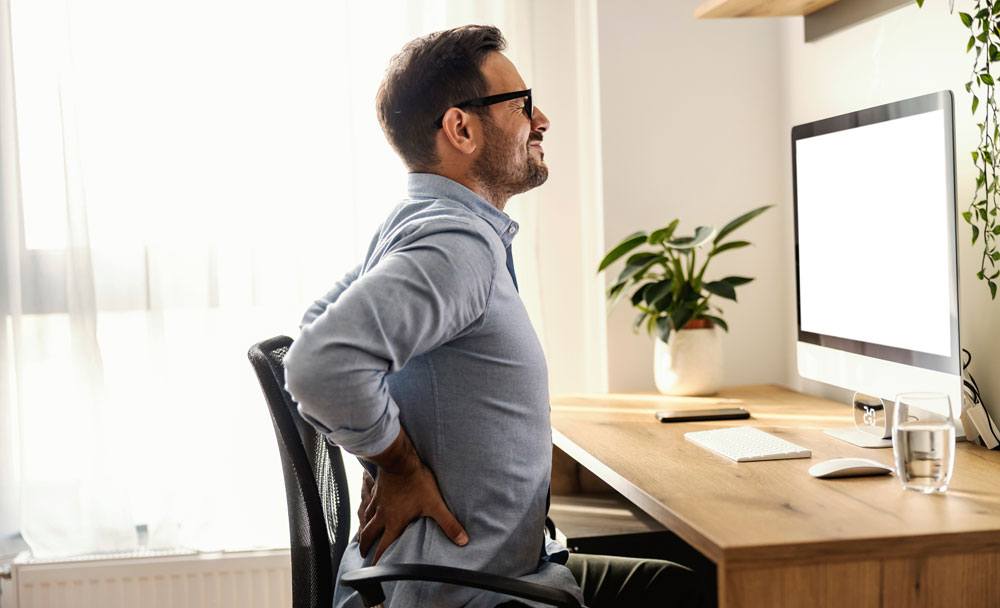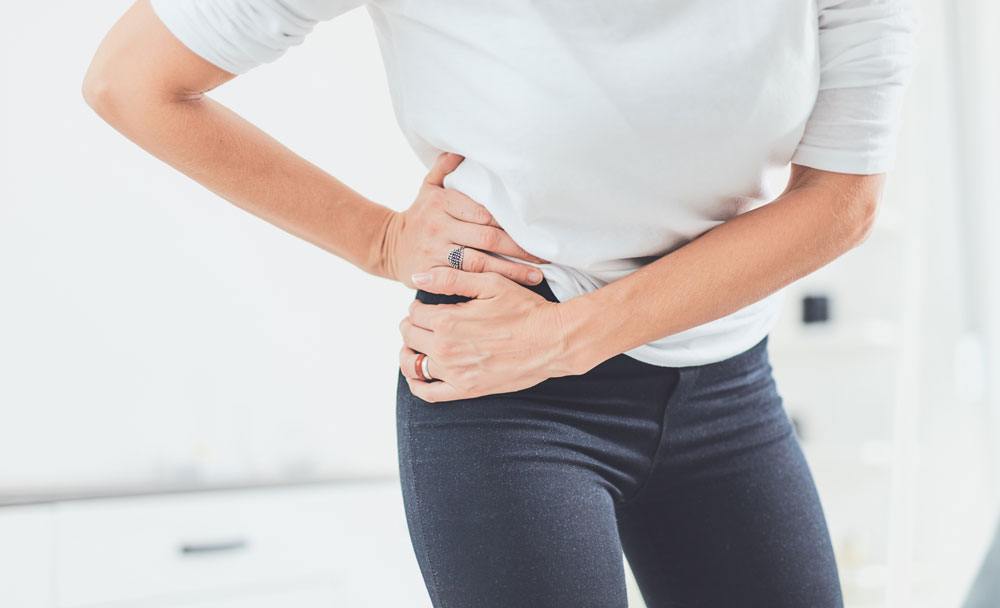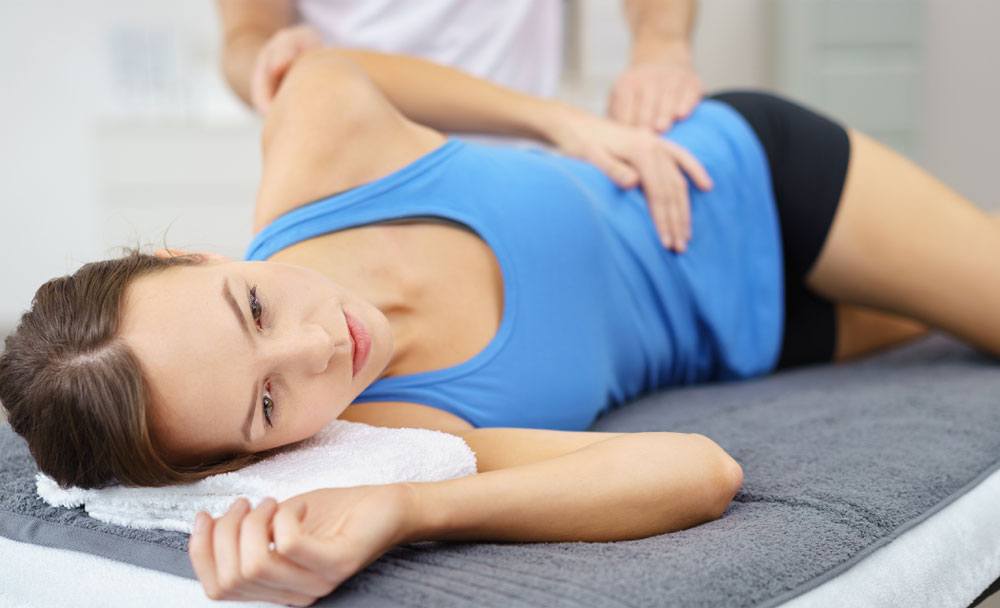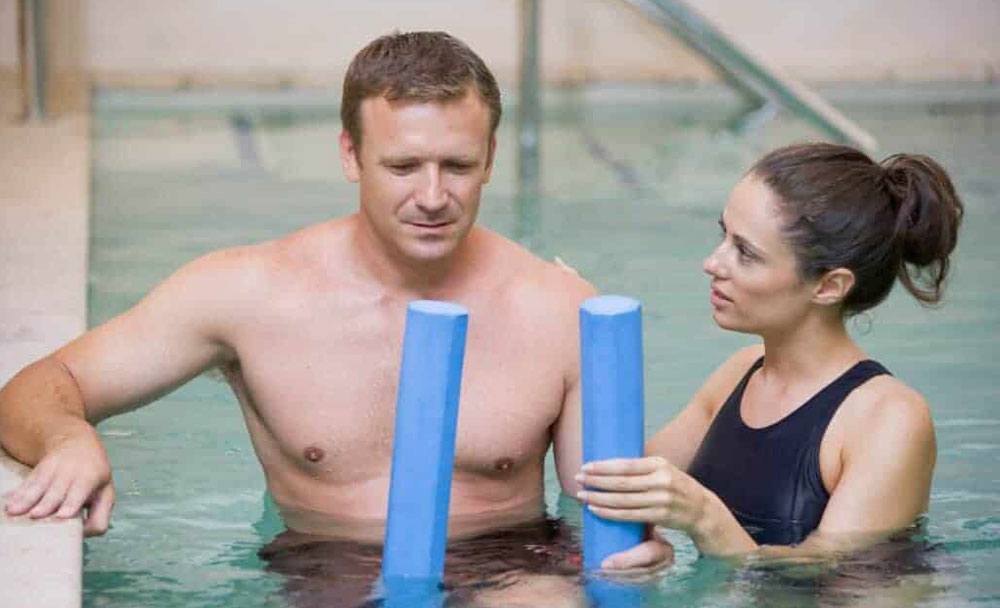Greater Trochanteric Pain Syndrome

Greater Trochanteric Pain Syndrome (GTPS) is a painful and debilitating condition, affecting the outer thigh and hip area.
It happens when the tissues that lie over the bone at the top of the thigh (greater trochanter) become irritated. These tissues can include tendons, muscles or fluid-filled sacs (bursae) that help smooth movement between muscles, tendons and the hip bone.
Get A Fast Appointment
or Call

This irritation might happen for a number of reasons. We typically see 2 subgroups of women with GTPS. The first group is young athletic women (mainly runners) who through overload on the tissues develop GTPS, the second group are women over the age of 45 where overload accounts for 25% of the cause and hormonal (menopause) and metabolic changes account for 75% of the cause.
You will usually not need scans to diagnose GTPS. It is diagnosed through taking a medical history, and doing specific tests of the hip during a physical examination.
Symptoms of GTPS
-
Pain in your outer thigh and hip area. This might feel like an aching or burning pain.
-
The pain might be worse when you are lying on your side, especially at night.
-
The pain might be worse with exercise.
-
You might walk with a limp.


Cause of GTPS
GTPS is most common in adult women. The exact cause is not fully understood. There are many factors that can contribute to it.
-
A direct fall on the outside edge of your hip.
-
Excessive load, for example prolonged walking or running. Poor running style can also lead to increased load on this area of the hip.
-
Prolonged or excessive pressure to your hip area can make GTPS worse. For example, sleeping on your affected side or crossing your legs whilst sitting.
-
Weakness of the muscles surrounding the hip.
-
Hormonal changes (menopause)

How do we treat GTPS?
Our 3 step results-focussed-system includes shockwave therapy combined with rehabilitation in our hydropool or gym.
How effective is our treatment?
How long does it take to get better?
Everybody will improve differently. For most people it will take 6 to 9 months to make a return to full activities without pain.

What Our Clients Say…
You Ask, We Answer
What is the cost of physiotherapy?
Find out about the costs of the initial assessment and follow up sessions of MSK physiotherapy.
How long is a session of physiotherapy?
A top question is about how long the sessions are, here we explain about the length of MSK initial and follow up sessions.
Do I need a referral to be treated by you?
To get your treatment at The Physiotherapy Centre, do you need to get a referral from your GP or Consultant?
